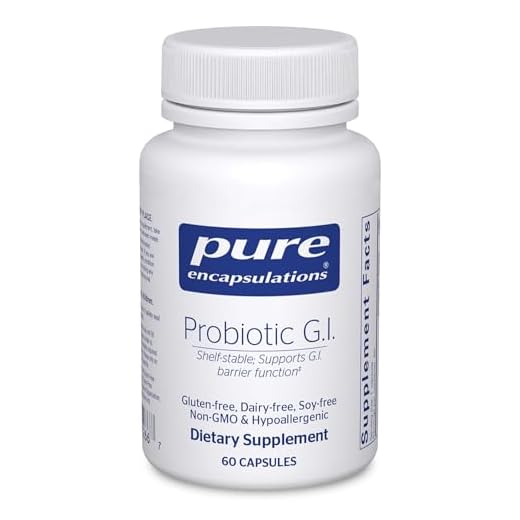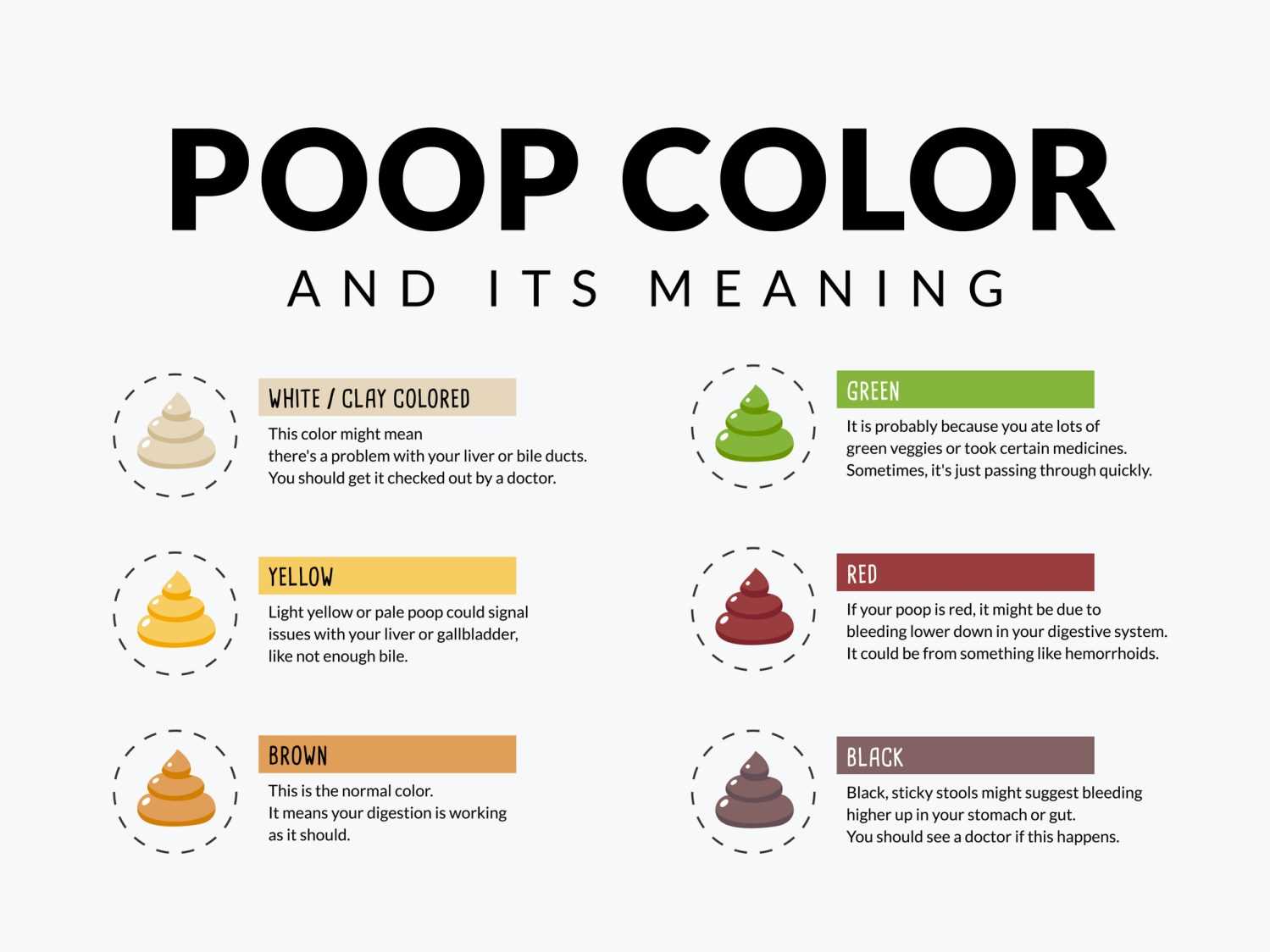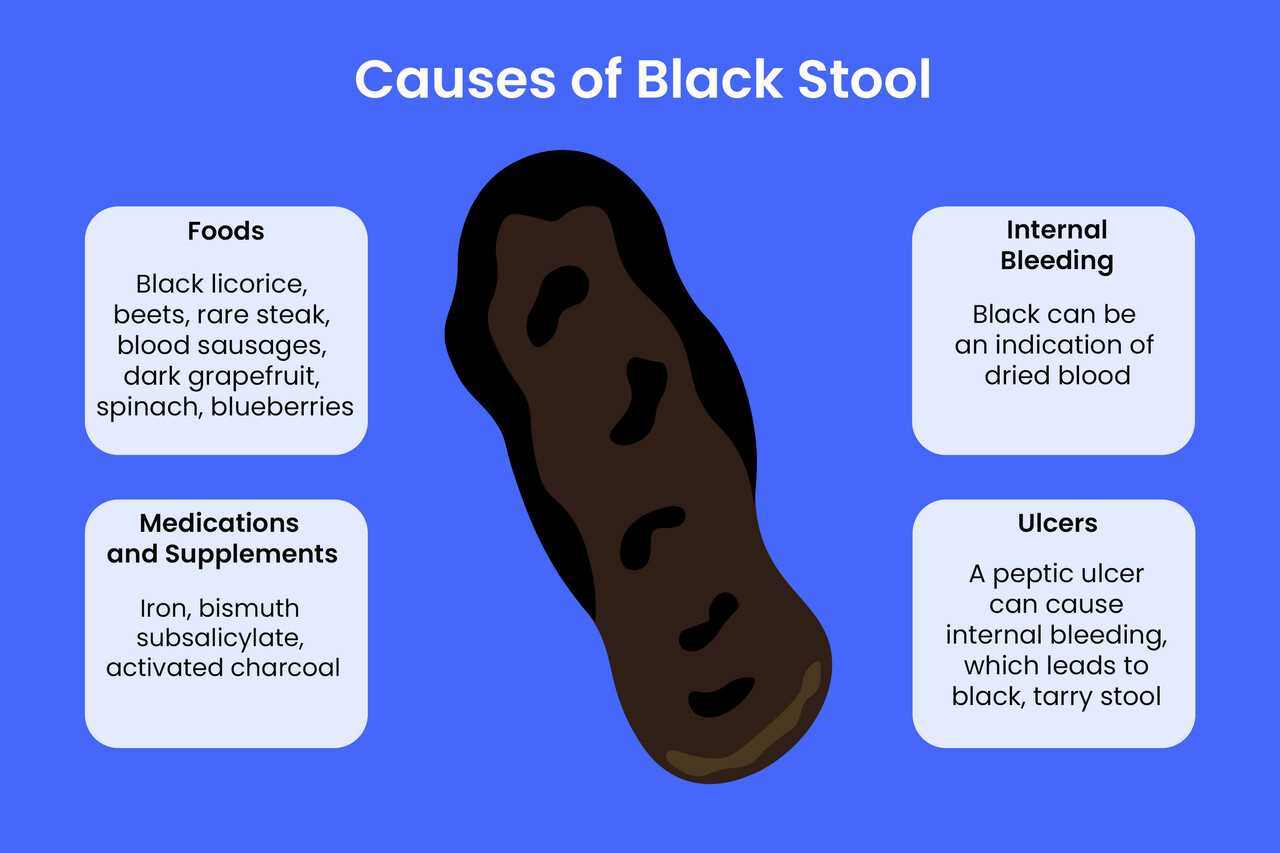



It’s a common observation that certain beverages, particularly those rich in tannins and pigments, can influence stool color. This phenomenon often links directly to the consumption of certain types of fermented grape liquids. The compounds present in these drinks can lead to darker bowel movements due to their interaction with digestive processes.
For instance, consuming a glass of deeply colored varietals can result in noticeable changes. This occurs because the anthocyanins, which are the natural pigments found in the skins of grapes, may not be fully absorbed during digestion. As a result, they can contribute to darker hues in excretions.
Individuals who notice this change should monitor their intake and consider the broader context of their diet. If other food items rich in iron or dark pigments are also consumed, this effect may be amplified. Paying attention to overall dietary habits is essential when assessing any variations in bowel patterns.
In summary, those curious about the impact of specific beverages on digestion can certainly observe a connection between certain drinks and stool coloration. Awareness of these patterns can assist in understanding personal digestive health better.
Impact of Wine on Stool Color

Consumption of certain fermented grape beverages can lead to noticeable changes in stool appearance. The pigments present in these beverages, particularly those derived from the skins of dark grapes, can impart a rich hue to digestive waste. This phenomenon is primarily due to the presence of anthocyanins and tannins, compounds that are abundant in these drinks.
Factors Influencing Color Change
Several variables can determine the extent of this effect. The quantity ingested plays a significant role; larger servings tend to produce more pronounced results. Additionally, individual digestive chemistry varies, meaning that not everyone will experience the same outcome. The presence of other foods and beverages consumed alongside can also influence the final appearance of waste.
When to Be Concerned
While color alterations from these beverages are typically harmless, certain situations warrant attention. If stool appears persistently dark or is accompanied by discomfort, it may indicate underlying health issues unrelated to dietary choices. Consulting a healthcare professional for persistent changes ensures that any potential concerns are addressed promptly.
Understanding these effects can enhance your culinary experiences, especially when pairing dishes with beverages. Enjoying the nuances of flavors while being aware of their impact on bodily functions adds to the overall appreciation of fine dining.
Understanding the Components of Red Wine
Phenolic compounds play a significant role in the characteristics of these beverages. They contribute to flavor, aroma, and color. Tannins, a type of phenolic, are responsible for astringency and can influence digestion.
Key Components
- Anthocyanins: These pigments give a rich color and can affect the hue of the resulting stool.
- Flavonoids: Another group of phenolic compounds that provide antioxidant properties.
- Alcohol: Higher alcohol content can influence gastrointestinal function.
- Acids: Various acids present can impact digestion and absorption of nutrients.
Impact on Digestion
The combination of these elements can alter gut microbiota, leading to changes in the digestive process. Individuals sensitive to tannins may experience different effects on their gastrointestinal health. Moderation is recommended to prevent any adverse reactions.
Understanding the intricacies of these components can enhance appreciation and inform choices, especially regarding potential effects on bodily functions.
How Tannins and Colorants Affect Digestion
Tannins and colorants in beverages can influence digestive processes. Tannins, found in the skins and seeds of grapes, can contribute to astringency, potentially affecting gut health.
Here are key points regarding their impact:
- Tannins: These compounds may bind to proteins and other molecules in the digestive tract. This interaction can lead to altered nutrient absorption.
- Colorants: Anthocyanins, responsible for the deep hues in certain drinks, can also affect digestion. They possess antioxidant properties, which may support gut health.
- Digestive Reactions: Some individuals may experience changes in stool color due to the presence of tannins and colorants. This is often transient and not a cause for concern.
- Hydration: Consuming beverages rich in tannins may lead to mild dehydration, which can further influence digestive health and stool consistency.
Monitoring your body’s response to these compounds is crucial. If you notice persistent changes, consulting a healthcare professional is advisable.
The Role of Diet in Stool Color Changes

Specific foods significantly influence the hue of excrement. Dark shades may arise from the consumption of items rich in iron, such as red meat or fortified cereals. Additionally, dark leafy greens, like spinach or kale, contribute similar effects due to their pigment content.
Fruits and vegetables also play a crucial role. Beets, for instance, are notorious for altering stool coloration, often resulting in a reddish tint that can be mistaken for blood. Berries, particularly blackberries and blueberries, can impart dark tones as well, thanks to their natural pigments.
Furthermore, certain supplements or medications may lead to unexpected color changes. Iron supplements are a prime example, often leaving a dark residue. Antacids containing bismuth can produce a black appearance, which may alarm some individuals.
Hydration levels also affect stool consistency and color. Sufficient water intake supports digestive processes, whereas dehydration may lead to darker, more concentrated waste. Maintaining a balanced diet rich in fiber not only promotes regularity but also aids in achieving a consistent color.
Monitoring dietary habits can provide valuable insights into digestive health. Keeping a food diary may help identify specific items responsible for any noticeable alterations. Always consult a healthcare professional if unusual changes persist, as they may indicate underlying health issues.
Identifying Other Causes of Dark Stools
When encountering unusual stool coloration, it’s vital to explore various factors beyond alcoholic beverages. Certain foods, medications, and health conditions can contribute significantly to this phenomenon.
Dietary Influences
Foods rich in iron, such as red meats, spinach, and certain legumes, can lead to a darker appearance. Additionally, consuming black licorice or blueberries may also alter stool hue. It’s advisable to maintain a food diary for tracking dietary patterns that might correlate with changes in digestion.
Medications and Health Conditions
Some medications, particularly iron supplements or bismuth subsalicylate (found in Pepto-Bismol), can result in darker stools. Health issues like gastrointestinal bleeding, ulcers, or other serious conditions should also be considered if such changes persist. Consulting a healthcare provider is recommended for any concerning symptoms.
| Factor | Impact on Stool Color |
|---|---|
| Iron-Rich Foods | Can lead to darker stools |
| Black Licorice | May cause dark coloration |
| Medications (e.g., Iron Supplements) | Often result in darker appearances |
| Gastrointestinal Issues | Serious conditions may cause abnormal colors |
For those interested in exploring culinary options, check out this guide on how to cook a baked potato on a gas grill, which can provide a delicious addition to your diet while monitoring digestive health.
When to Consult a Doctor About Stool Color
Seek medical advice if you observe persistent changes in bowel excretions, particularly if the hue remains altered after dietary adjustments. If the coloration is accompanied by other symptoms such as abdominal pain, nausea, vomiting, or unexplained weight loss, it’s crucial to consult a healthcare professional without delay.
Pay attention if you notice a noticeable transition to shades like black or maroon, which may indicate potential gastrointestinal bleeding. Immediate evaluation is warranted in such cases, especially if the change is sudden and unexplained.
Consider seeking a doctor’s guidance if the color persists for more than a few days, despite normal dietary habits. This could be a signal of underlying health issues that require further investigation.
Monitor any accompanying symptoms, such as changes in frequency or consistency, as these can provide additional context for your healthcare provider. Keeping a record of any recent dietary changes, medications, or supplements can be beneficial during your consultation.
Tips for Moderation in Wine Consumption
Limit intake to one or two servings per occasion. This helps maintain a balanced approach without overwhelming your system.
Opt for smaller glasses. This visual trick can help you pour less while still enjoying the experience of savoring a beverage.
Stay hydrated. Drink water alongside each glass to mitigate the effects of alcohol and promote overall well-being.
Pair with food. Enjoying alongside a meal can slow absorption and enhance the tasting experience, allowing for better digestion.
Know your limits. Pay attention to how your body reacts and adjust consumption accordingly to avoid unwanted side effects.
Choose quality over quantity. Selecting higher-quality options often leads to greater satisfaction with less volume consumed.
Keep a log. Tracking servings and how you feel afterward can provide insights into your consumption habits and their effects.
Take breaks. Incorporate alcohol-free days into your routine to reset your palate and give your body a chance to recover.
Educate yourself. Understanding the intricacies of each selection can lead to more mindful enjoyment and appreciation.
Engage with others. Sharing experiences and recommendations with friends can enhance your journey and keep you accountable.







